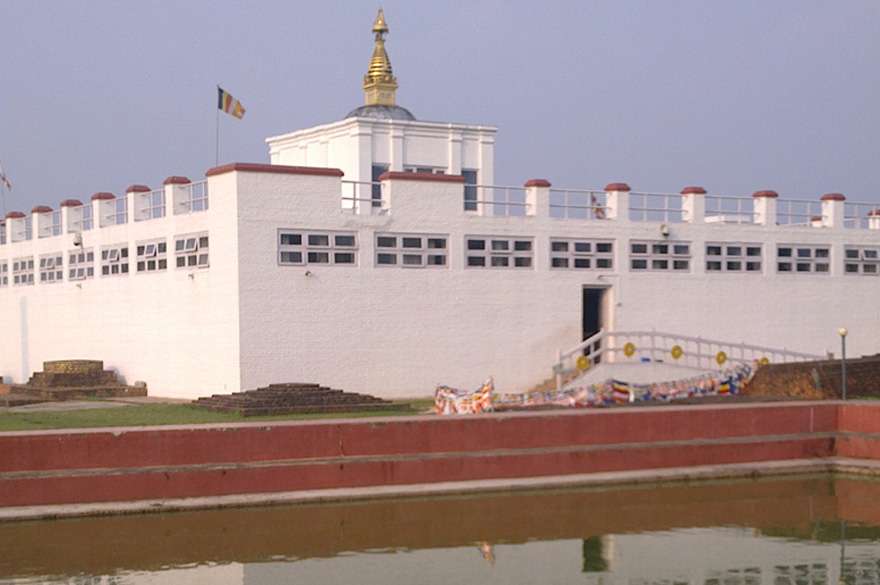Early morning pick-up at 5:15am from your hotel will bring you to the airport for the flight to see Mt. Everest and other Himalayas (Mountain Flight), which is a 1-hour flight.
After the Mt. Flight brings you back to the hotel, you will enjoy your breakfast, and then we take you to four major world UNESCO heritage sites for sightseeing around Kathmandu Valley. Visit the Pashupatinath Temple, one of the holiest of all Hindu temples. Situated 5 kilometers east of Kathmandu, the temple of Lord Shiva-Pashupatinath, with its two-tiered golden roof and silver doors, is famous for its superb architecture. We can see the temple, the activities performed on the temple premises, and the cremation bank of the Bagmati River.
Apart from Hindus, no one is allowed to enter the main temple, but we take a short walk by the bank of the Bagmati River, where one can observe the pilgrims and Hindu priests activities around the premises. This River is also a cremation site for Hindus. From here, we take a short drive that leads to Bouddhanath, northeast of the Pashupatinath area.
The Stupa of Bouddhanath is 8 kilometers east of Kathmandu. This colossal and ancient stupa is one of the biggest in the world. This area is also known as ‘Little Tibet. After a visit here to observe the Tibetan Buddhist way of life, our tour continues towards the Patan area, which is situated to the south of Kathmandu and separated by a bridge over the River Bagmati.
Patan Durbar Square (Patan) is also known as Lalitpur, which means the city of Arts and architecture.
The old historical castle (Durbar), the tall terracotta house, and the Stone Temple of Krishna with the pillar of Garuda look fascinating. Garuda is the vehicle of Lord Vishnu as well as of Lord Krishna. After the historic visit, we drive short distances towards the end of the Patan area at the Tibetan Refugee Camp, where one can observe the happy and cheery workers weaving carpets.
The Swayambhunath Stupa (Monkey Temple) has been in use since the 5th century and consists of a magnificent domed stupa as well as a variety of shrines and temples. Each temple is extremely ornate and richly decorated with gold and vibrant prayer flags, though it’s not only the spiritual décor that draws visitors.
This sacred pilgrimage site is also home to hundreds of monkeys considered holy by Tibetan Buddhists and Hindus. According to legend, Manjushree, the bodhisattva of wisdom, was in the process of raising the temple hill when the lice in his hair transformed into these monkeys. Swayambhunath means self-arisen and is derived from that legend.



